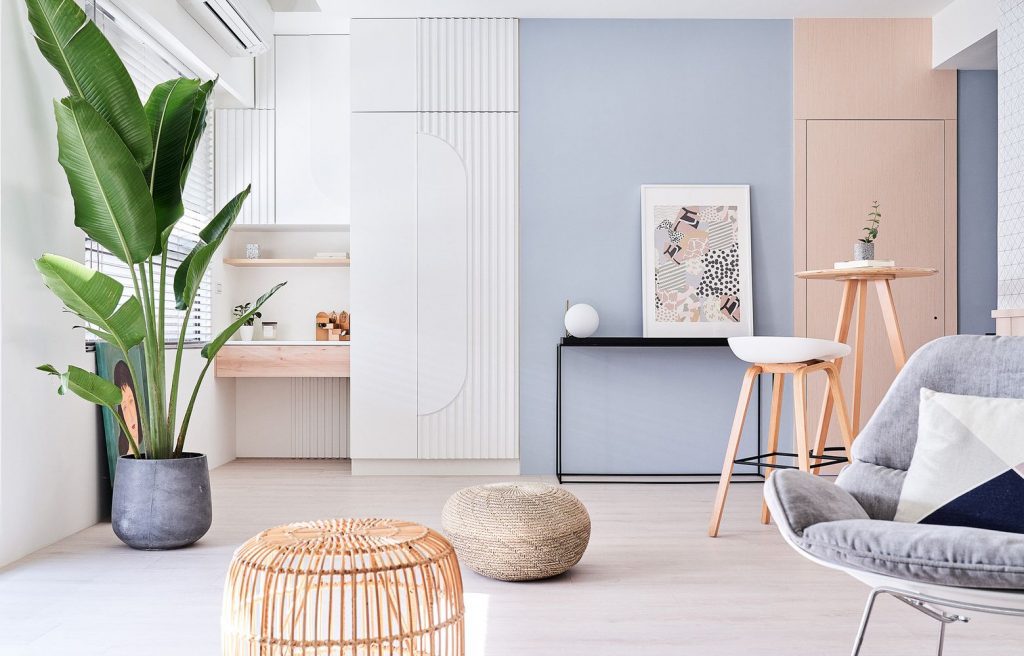To decide how interior spaces can function, appear, and be decorated, the interior designers collaborate closely with architects, structural engineers, mechanical engineers, and building laborers and helpers. Interior designers should be able to understand blueprints as well as be familiar with construction and building codes and inspection requirements and regulations.
While some sketches or designs are done freehand, most interior designers employ computer-aided design (CAD) software for the balance of their work. Interior designers sometimes use building information modeling (BIM) tools to generate multiple visualizations of construction features including such structures or roofs during the development phase.
Many architects focus on specific sort of building styles, including certain houses, hospitals, or hotels; particular rooms, such as bathrooms or kitchens; or a specific theme. Few professional developers and designers work for home-furnishings shops, where they provide designing services to assist buyers in selecting fabrics and furnishings.

Some interior designers create building and installation projects, sketches, and sketches. This may include renovation and demolition plans, electrical layouts, and building license plans. Interior designers can draft the conceptual design into documentation ranging from sketches to project documentation with scheduling and attachments.
The following are few examples of interior designers:
- Corporate planners produce furniture environments for professional offices ranging from intimate office spaces to multinational businesses housed in high-rise buildings. They are concerned with making workplaces that are effective, practical, and comfortable for employees. In their designs, they can include design elements that represent a company’s brand like the best interior designer Auckland.
- In planning and renovating healthcare centers, pharmacies, physicians’ offices, hospitals, and residential care services, healthcare planners are using the evidence-based building design.
- Kitchen and bath manufacturers specialize in kitchens and baths and are well-versed in the various cabinets, furniture, hardware, plumbing, and electrical systems available for these rooms.
- Sustainable designers employ techniques to increase energy and water efficiencies, as well as indoor air quality, and they specify environmentally friendly materials such as bamboo and cork for floors. They will be able to gain Leadership in Energy and Environmental Design (LEED) certification from the US Green Building Council. This kind of credential denotes expertise in managing buildings and structures with a focus on sustainability.
- Spaces are renovate by universal designers to make them more available. These designs are often used to renovate spaces mainly for the aged and others with special needs; however, universal designs may serve anyone. A step-free entranceway, for instance, is appropriate for anyone in a wheelchair, and that is useful for someone carrying a baby carrier.
Job Opportunities for interior designers
Although new construction can generate some demand, incentives for self-employed interior decorators to renovate older residences, office buildings, and other services should be minimal. While few interior designers are specifically working in the building industry, and most of these jobs rely heavily on it for new designs.
Since wealthier clients seem to be more inclined than anyone to remodel and renovate their rooms, job opportunities may be better in high-income areas. Maintaining current knowledge of the most recent design techniques, including such three-dimensional computer-aided design (CAD) software, would also increase career opportunities.







